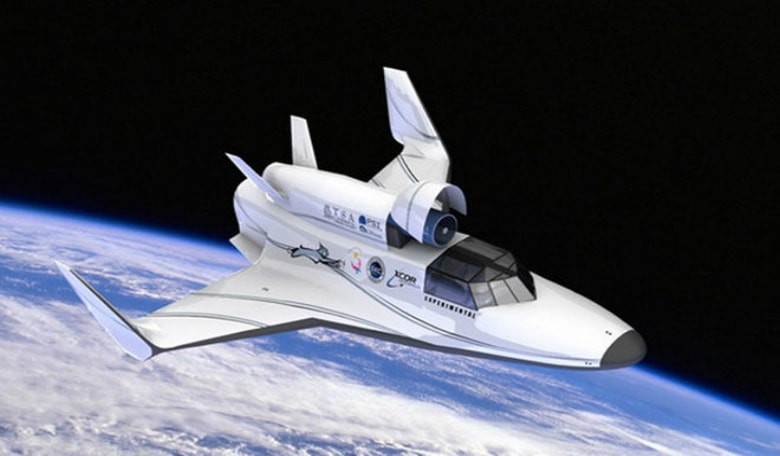XCOR Aerospace has gone through a bout of layoffs, laying off a significant fraction of its workforce to refocus its resources. XCOR is best known for its attempts to build a reusable suborbital spaceplane.
Randy Baker, XCOR chief operating officer, has said that the company was concentrating its resources on developing a liquid hydrogen engine under a contract with United Launch Alliance announced in March. That effectively puts development of the company’s Lynx suborbital spaceplane on hold.
“Following recent breakthroughs in the effort of developing safer, cost-effective, sustainable, reliable and instantly reusable rocket engines for XCOR’s Lynx and other launchers, XCOR Aerospace has decided to focus the majority of its resources on the final development of the revolutionary liquid oxygen and liquid hydrogen (LH2) program,” Baker said.
“Based on the immediate engine opportunities presented to us, we decided we needed to fully focus on the LH2 program for the forthcoming period,” Jay Gibson, president and chief executive of XCOR, said in a statement. “Given that we remain a small-scale company, we are planning to place more emphasis on fine-tuning the hydrogen engine program to achieve an optimal closed loop system for cryogenic rocket engines.”
XCOR has been undergoing a series of changes, lately shifting its focus to engine development over the suborbital spaceplane, a concept on which the company has worked for over a decade. The company had also made a series of changes to its board of directors in 2015, adding Michael Gass, former president and chief executive of ULA and Tum Burbage, former general manager of the F-35 program at Lockheed Martin. (Read ROOM's story on changes at XCOR here.)
The company's work on Lynx, the two-seat vehicle that was supposed to take off from a runway and go into suborbital flight before coming back for a runway landing, has been behind schedule for some time. Speaking at the Space Access ’16 conference in Phoenix on April 8, Doug Jones, chief test engineer and the last of the company’s co-founders still at XCOR, suggested a “money problem” was delaying work on the Lynx’s wings, the last major vehicle component yet to be delivered for a prototype known as the Mark 1. He did not elaborate on the funding issue.
In the May 31 statement, Gibson indicated XCOR was not abandoning the Lynx. “We are convinced that this effort will ensure that XCOR is better positioned to finish the Lynx Project in a more efficient, reliable and safer manner,” he said of XCOR’s decision to focus on the engine.











